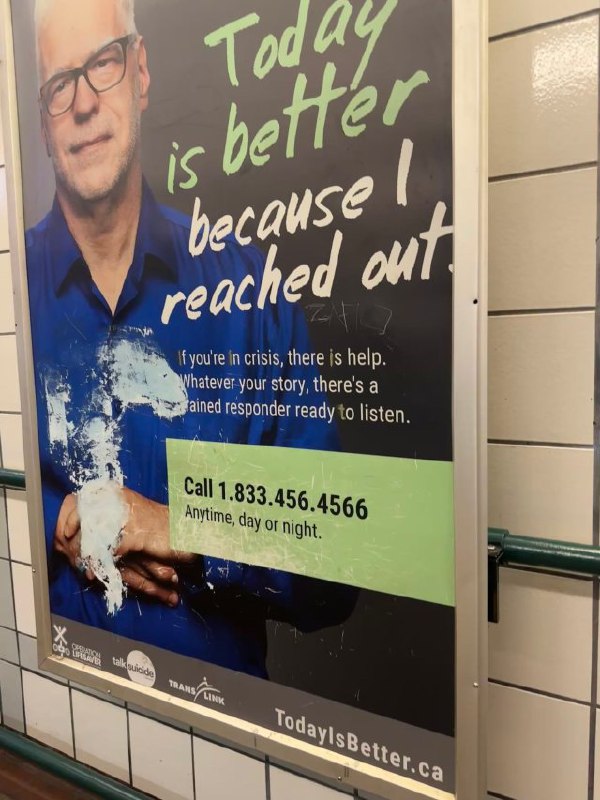If you've ever had a code review rejected because of "whitespace-only changes," you're not alone. Nothing frustrates developers more than seeing a perfectly good pull request cluttered with meaningless line ending modifications that make the actual code changes harder to review.
The Problem
Large development teams often work across different operating systems - some on Windows, others on macOS or Linux. Each system has different default line endings (CRLF vs LF), and when developers use different editors with different configurations, innocent file saves can accidentally convert line endings throughout entire files.
The result? Pull requests that show hundreds of "changed" lines when only a few lines actually contain meaningful code changes. GitHub's "Hide whitespace changes" button helps reviewers, but it doesn't solve the root problem.
The Solution: Preserve What Exists
Instead of trying to enforce one line ending standard across a diverse team (which often fails), the better approach is to configure all tools to preserve whatever line endings already exist in each file.
Git Configuration
First, tell Git to stop converting line endings:
git config core.autocrlf false
This tells Git: "Don't touch line endings - leave them exactly as they are."
JetBrains Rider/IntelliJ Configuration
In your IDE settings:
- Go to File → Settings → Editor → Code Style → General
- Set "Line separator" to "System-dependent" or "Use existing"
- Disable Editor → General → On Save → "Ensure every saved file ends with a line break"
This makes Rider detect and preserve the existing line ending style in each file.
VS Code Configuration
Add to your settings.json:
{
"files.eol": "auto",
"files.insertFinalNewline": false,
"files.trimTrailingWhitespace": false
}
The "files.eol": "auto" setting preserves existing line endings per file and only uses system defaults for completely new files.
Team-wide .editorconfig
Create an .editorconfig file in your repository root:
root = true
[*]
# Omit end_of_line to preserve existing line endings
insert_final_newline = false
trim_trailing_whitespace = false
By not specifying end_of_line, most editors will preserve whatever line endings already exist in each file.
Why This Works
This approach acknowledges the reality of mixed development environments while preventing the chaos of constant line ending changes. Files keep their original line endings, new files use sensible defaults, and most importantly - your pull requests only show actual code changes.
The Result
After implementing these settings across your team:
- No more whitespace-only changes cluttering your diffs
- Faster, cleaner code reviews
- Happier team leads and reviewers
- More focus on actual code quality instead of formatting battles
Your future self (and your code reviewers) will thank you for taking the time to set this up properly.
Have you dealt with similar whitespace issues in your team? What solutions worked for you? Share your experiences in the comments below.
